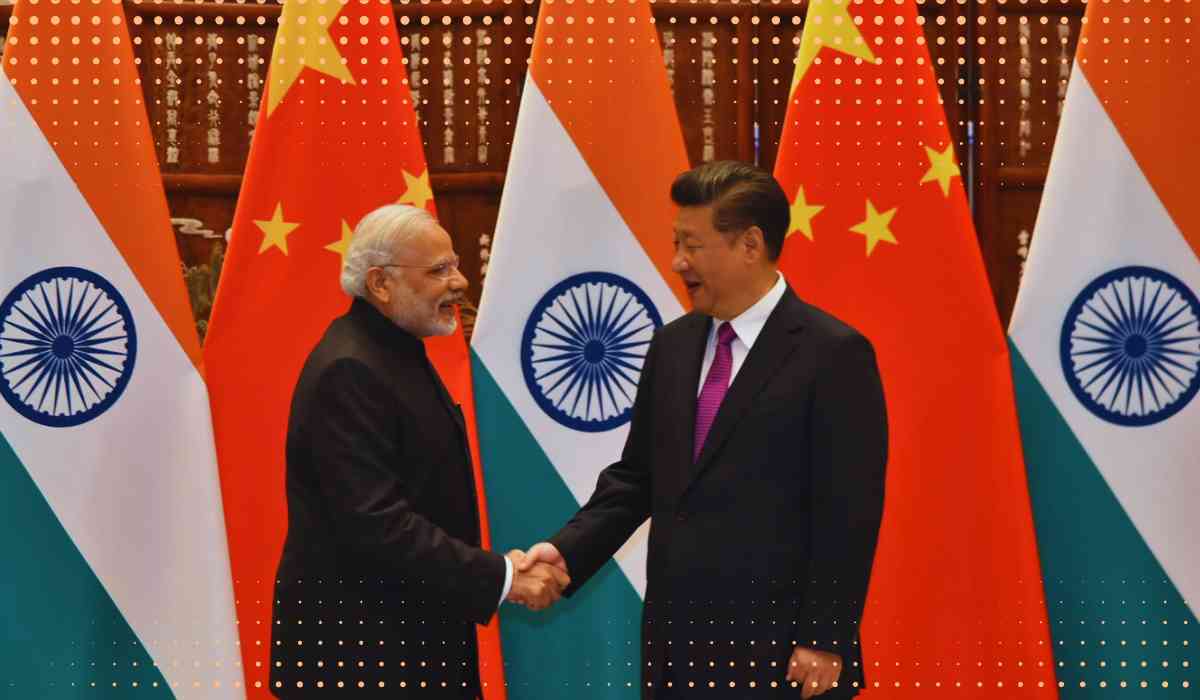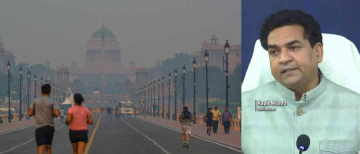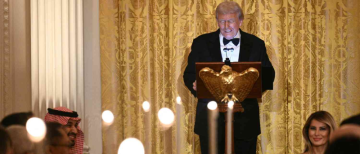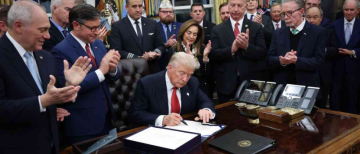-
Troop Disengagement: China has confirmed troop disengagement from four areas in eastern Ladakh, including the Galwan Valley, stabilizing the border situation with India.
-
Ongoing Dialogue: India and China are in ongoing discussions to resolve remaining border issues, with around 75% of disengagement problems already addressed.
-
Impact on Relations: Both nations acknowledge that border conflicts directly affect the broader bilateral relationship. India insists peace at the border is essential for normal ties.
-
Doval-Wang Meeting: National Security Adviser Ajit Doval and China’s Wang Yi met during the BRICS summit, agreeing to continue efforts to fully resolve the remaining friction points along the border.
-
Historical Tensions: Diplomatic and military talks have been ongoing since 2020, following the violent clashes in Galwan Valley. Despite progress, issues at certain points along the Line of Actual Control (LAC) remain unresolved.
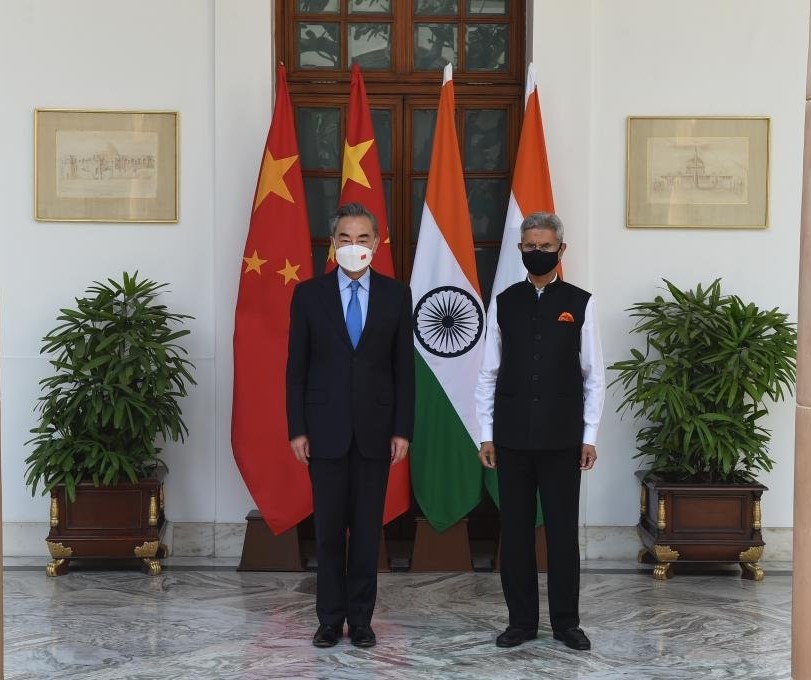
Image Source - X
China announced the disengagement of its troops from four friction points in eastern Ladakh, including Galwan Valley. The Chinese Foreign Ministry said on Friday that the situation along the India-China border is now stable and under control.
Diplomatic Moves Aimed at Improved Relations
Chinese Foreign Ministry Spokesperson Mao Ning also echoed that both countries, India and China, are working towards easing bilateral relations between them. Very recently, the two countries agreed upon a plan to create better conditions to develop their bilateral relations. This consensus agreement came up after discussions in St. Petersburg, Russia.
On September 12, China's Director of Foreign Affairs Wang Yi met with India's National Security Adviser Ajit Doval during the BRICS summit in St. Petersburg and discussed ongoing border issues between the two nations. The meeting concluded with their committing to work together for common goals set by their leaders and enhancing mutual trust and maintaining communication to develop the relationship between both countries.
Four Areas of Disengagement, Including Galwan Valley
Mao Ning said the militaries of both countries have already disengaged in four areas along the border, including the Galwan Valley in eastern Ladakh. She said the overall border situation between the two countries is generally stable and manageable.
Her remarks came a day after India's External Affairs Minister S. Jaishankar said at a think-tank event in Geneva that about 75% of the disengagement process was done but added increased militarisation along the border remains a key concern. He said any form of violence along the frontier has implications for the entire relationship between the two countries and indicated that India and China cannot de-link border conflicts from the rest of their relations.
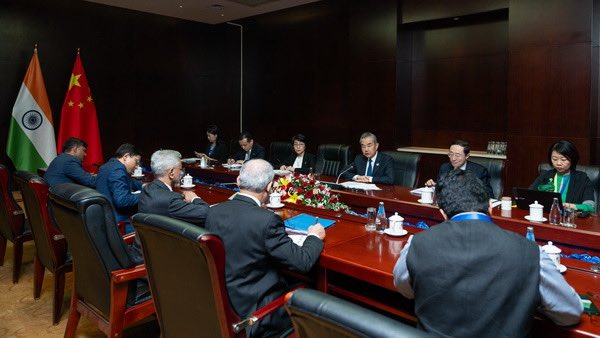
Image Source - X
Ongoing Negotiations
Since 2020, India and China have engaged in negotiations to sort out the remaining matters along the Line of Actual Control. Jaishankar dwelled on the issue that the negotiation is still ongoing, with about 75% of the disengagement issues sorted out but certain areas need attention.
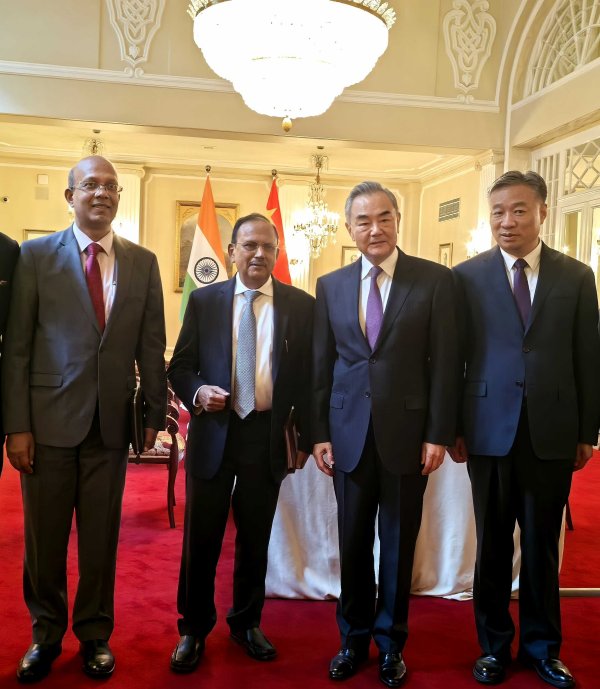
Image Source - X
Recent Talks Between Ajit Doval and Wang Yi
Ajit Doval and Wang Yi, representatives for border negotiations between both sides, met on the sidelines of the BRICS summit to discuss recent developments. The Indian Ministry of External Affairs stated after the meeting that there is a commitment by both sides to work out the remaining friction points in eastern Ladakh with urgency.
MEA added that due to the resolution of such border issues, stabilization and rebuilding of bilateral relations between India and China would be facilitated.
Being India's National Security Adviser (NSA), Ajit Doval's presence at the top of negotiations with China always calls for a question about just how deep is his involvement in external and foreign affairs. Traditionally, of course, it has always been the Ministry of External Affairs leading the way on diplomatic effort, but Doval's direct influence on negotiation matters, at least on serious talks like that on the border with China, shines through as his front-runner influence in structuring foreign policy. His participation in the border dispute with Foreign Minister S. Jaishankar underlines a much more integrated way of handling security and diplomacy, which is true to India's strategy of entering into sensitive geopolitical issues at the highest level.
Long-Stand Tensions Since 2020
The tensions between India and China began early in 2020, and the relations reached their low point after a violent faceoff in the Galwan Valley. Since then, diplomatic and military talks were underway; the two sides had agreed to pull back troops from several friction points such as North Bank and South Bank of Pangong Lake, Gogra, and Hot Spring.
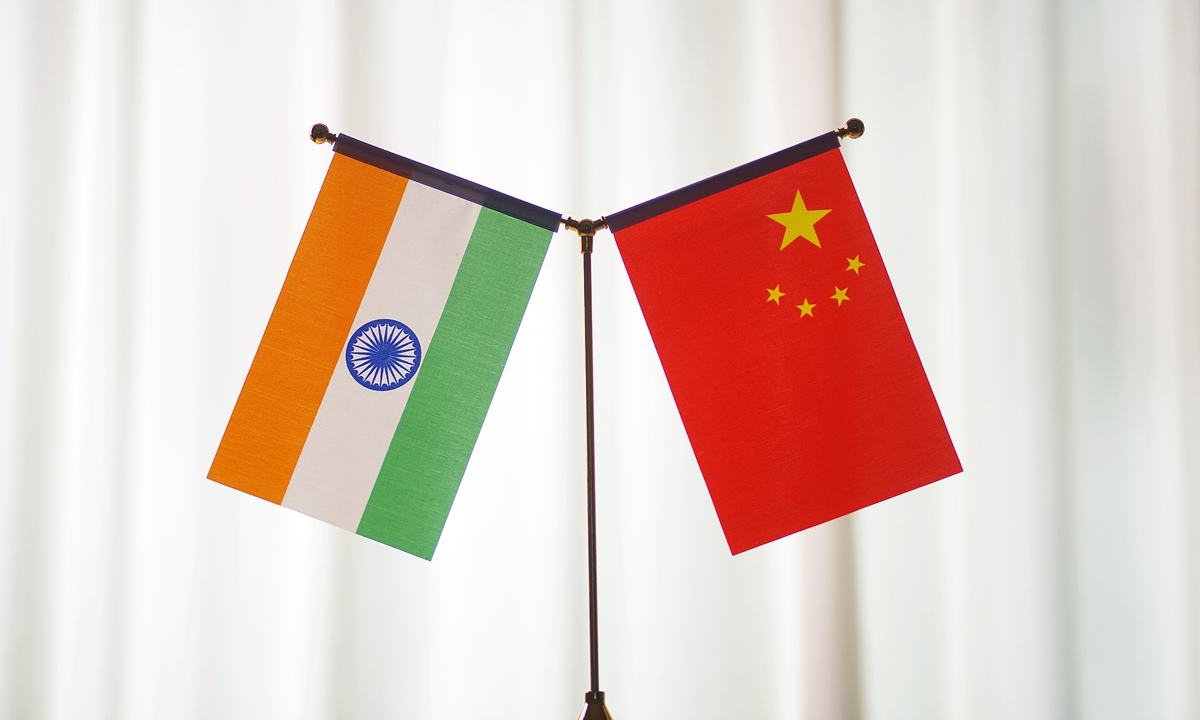
Image Source - X
The progress notwithstanding, India has been very clear in that the relations cannot go back to normal with China unless there is peace and stability along the border. So far, 21 rounds of Corps Commander-level talks have taken place between the two countries in an attempt to sort out the continuing standoff.
Inputs by Agencies
Image Source: Multiple Agencies
Ⓒ Copyright 2024. All Rights Reserved Powered by Vygr Media.

